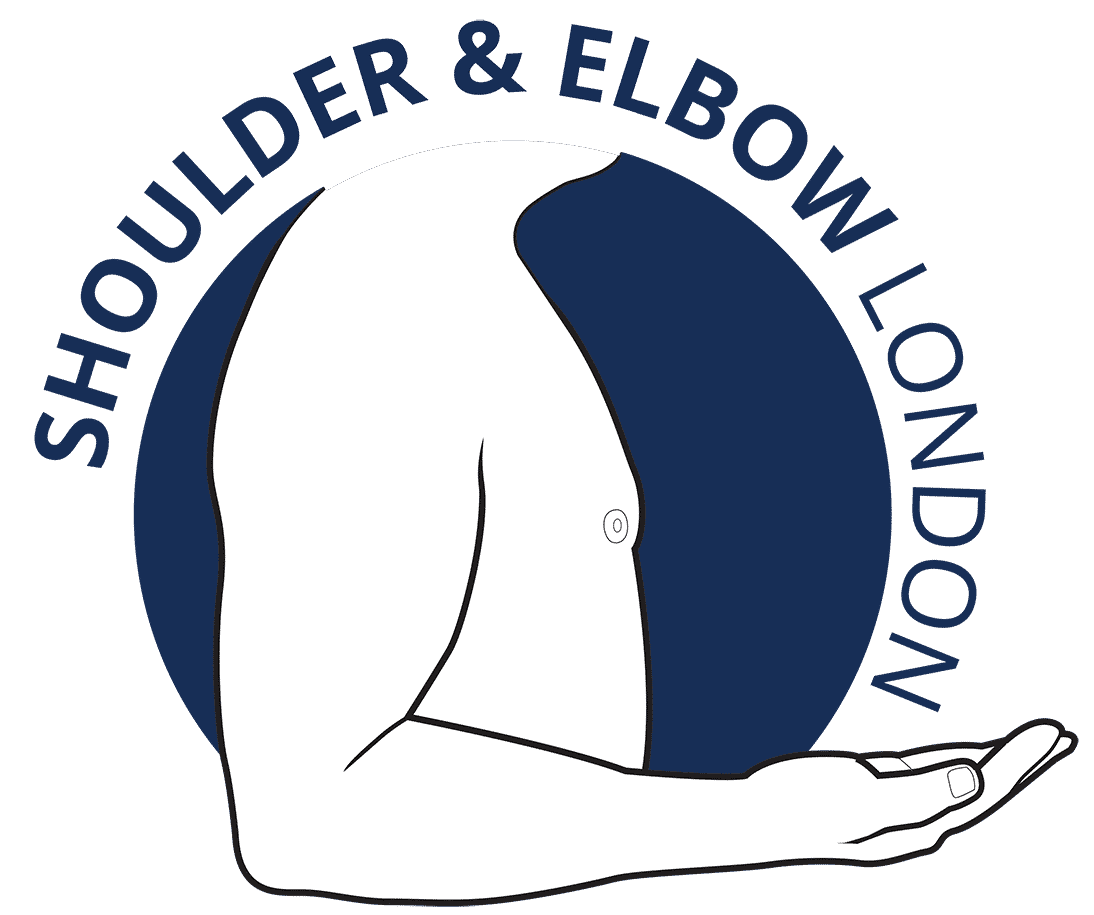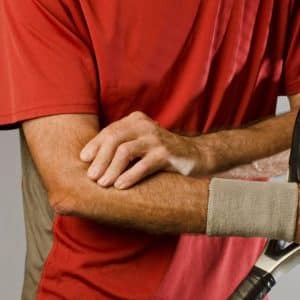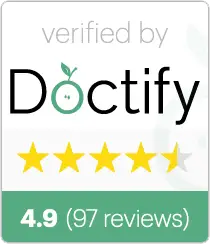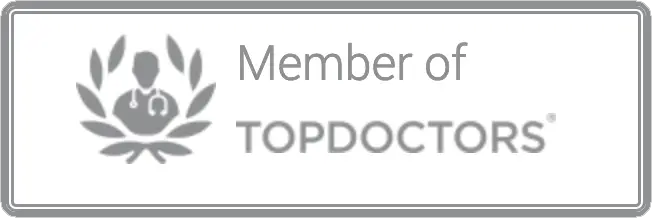
TENNIS ELBOW TREATMENT
What is Tennis Elbow?

What Causes Tennis Elbow?
Most tennis elbow has no specific cause. The natural age-related degeneration of the ECRB (extensor carpi radialis brevis) tendon becomes haphazard and pain fibres and increased blood vessels grow into the degenerative tissue and cause pain. In some cases, the condition can be triggered by repetitive strain injury from overloading the extensor muscles that control the wrist and attach to the outside of the elbow. The overloading or repetitive injury can come from work or sport, but sometimes there is no identifiable cause.
In this video we discuss what tennis elbow is, its causes, symptoms, and treatment:
How is Tennis Elbow Diagnosed?
In most cases tennis elbow is a clinical diagnosis which means all we need to do is take a history, a clinical examination and sometimes do an X-ray. In cases where the history, symptoms or examination findings aren’t straightforward we may need an MRI scan to diagnose tennis elbow or to rule out other causes of lateral elbow pain. We would also use MRI in cases that have been resistant to treatment again to rule out other causes of pain inside the elbow.
What is the Number 1 treatment for tennis elbow?
Some people find tennis elbow treatment tricky but it is important to understand the condition and work with other healthcare professionals who know how to rehab this condition. Firstly it is important to know that the natural history (or normal course) of tennis elbow is that it will settle within a year and over the age of 65 symptoms are rare.
In mild cases over the counter pain killers and avoidance of the aggravating/repetitive overloading may be all that is needed to settle symptoms down.
In cases where the symptoms are severe and aggravating factors cannot be avoided, physiotherapy has been shown in several studies to be the best first line treatment to cure tennis elbow. Physiotherapy should be exercise based, should focus on strengthening the wrist extensor muscles, and usually takes at least 3 weeks to show benefit.
In some cases, patients may have a repetitive aggravating factor due to work or sport which cannot be avoided and in those cases physiotherapy may need to be used in a different way where regular breaks from repetition are needed, and physiotherapy exercises are used during rest breaks to warm up the muscles before starting the activity again.
In this video Physiotherapist Bradley Scanes and I discuss the use of physiotherapy for tennis elbow:
Once we confirm the diagnosis as tennis elbow and exclude other causes of pain on the outside of the elbow then physiotherapy is usually the first line of treatment. The British Elbow & Shoulder Society has recently produced the video below with a home exercise program for tennis elbow:
In this video I discuss the causes and treatment options for tennis elbow:
Are tennis elbow splints useful?
For some patients who have a repetitive aggravating trigger for their tennis elbow such as work or sport, a tennis elbow splint may be useful. We will test for this is clinic when we assess you. Tennis elbow splints work by offloading the ECRB tendon at the elbow allowing it to heal.
There are some important things to consider when using a tennis elbow splint:
- The splint should have a pad and needs to be applied properly
- The splint should be used only during the aggravating activity and shouldn’t be worn all the time, at rest, or at night while sleeping
- The splint should not be used when you are doing your physiotherapy exercises.
You can purchase an affordable tennis elbow splint here (paid link) .
Please see this video on how to correctly apply a tennis elbow splint:
Should I Have a Steroid Injection for Tennis Elbow?
Steroid injections were a common treatment for tennis elbow, however in recent years there have been multiple research studies that now show that steroid injections are bad for tennis elbow. These studies show that a steroid injection will most likely improve pain for about 6 weeks however at a year, patients who have had a steroid injection for tennis elbow are likely to have a recurrence of their symptoms and usually the recurrent pain is worse than compared to patients who have had no treatments at all.
Studies also show that patients who have had steroid injections and physiotherapy do worse than those with physiotherapy alone. Steroid injections reduce the benefits of physiotherapy for tennis elbow.
As a result of this we do not offer or recommend steroid injections for tennis elbow although we use them regularly for shoulder conditions where the research evidence shows there is benefit. You can find out more about steroid injections here.
What is the Surgical Management for Tennis Elbow?
Tennis elbow rarely requires surgery when treated with proper physiotherapy as above. In some cases, however, patients do not respond to physiotherapy (often because there is an aggravating trigger they cannot avoid). In cases of recurrent or intractable tennis elbow, we usually perform an MRI scan to rule out other causes of lateral elbow pain that can exist inside the joint and then would recommend an arthroscopic tennis elbow release. This is a key-hole operation where the diseased ECRB tendon tissue is shaved away. Any other causes of pain inside the joint can also be treated at the same time.
We usually recommend having your key-hole elbow surgery awake under regional anaesthesia to avoid the risks of a general anaesthetic. You can find out more about awake shoulder and elbow surgery and if it is right for you here.
What is the Recovery from Tennis Elbow Surgery?
Arthroscopic tennis elbow release is usually performed with the patient awake under regional anaesthesia as a day-case. We get the movement going from the day after the surgery with the help of physiotherapists. Patients are usually in a temporary sling for 24 hours, have a bulky bandage for 48 hours, and start full movement after the bandages are removed.
Sutures are normally removed after two weeks and in most cases, patients are back to a full level of activity by about 3 months when most are ready to be discharged from the clinic.
Nick Ferran @ Shoulder & Elbow London Ltd
Clinics in:
Chiswick – Harrow – St. Johns Wood
As an Amazon Associate, I earn from qualifying purchases.




